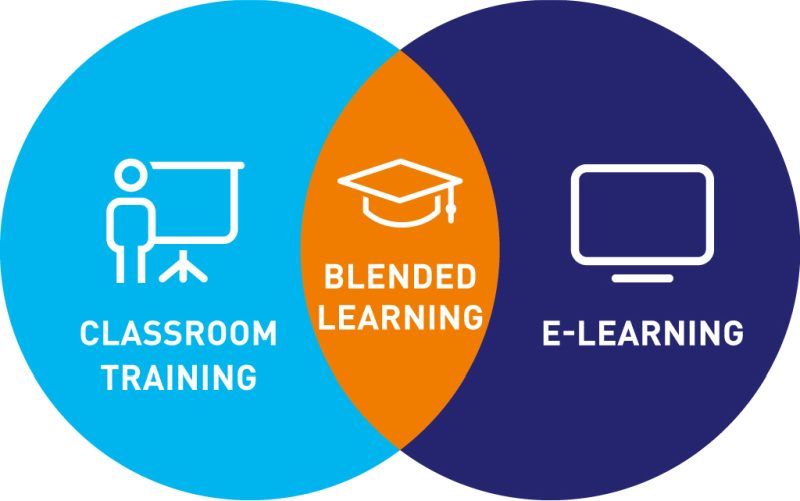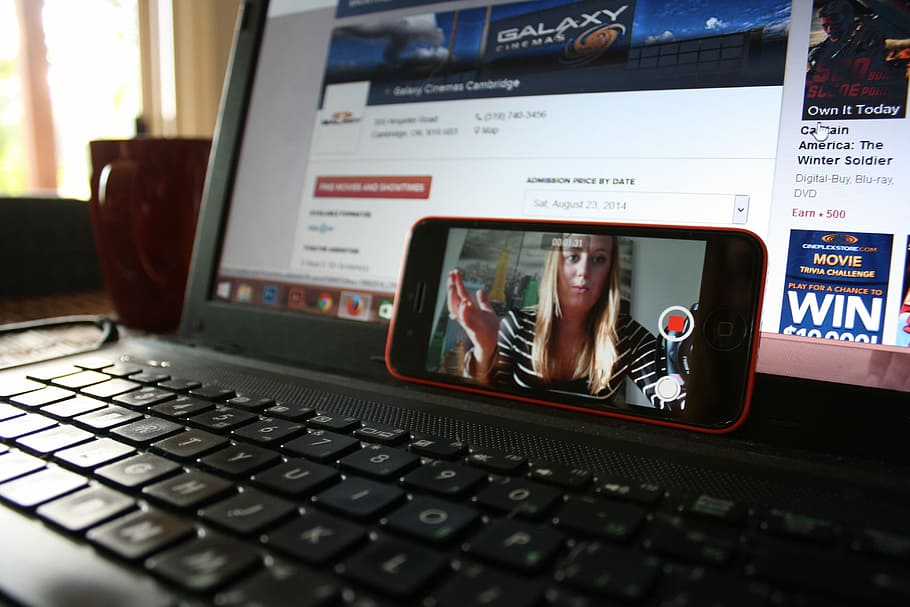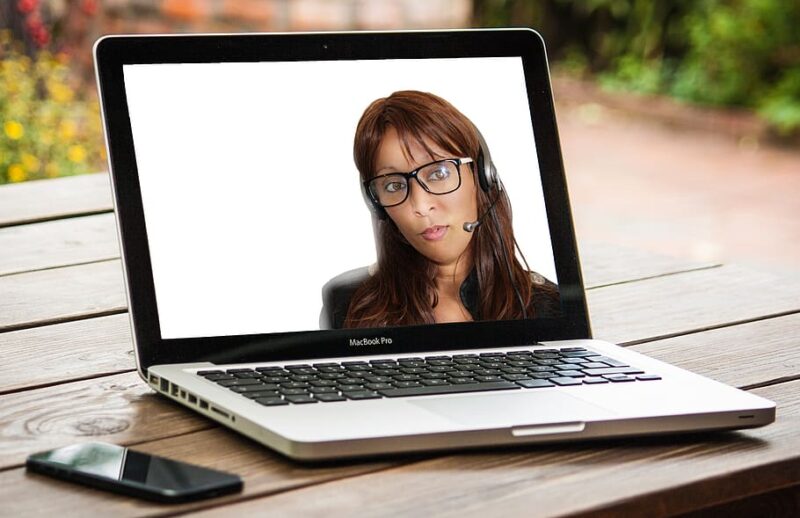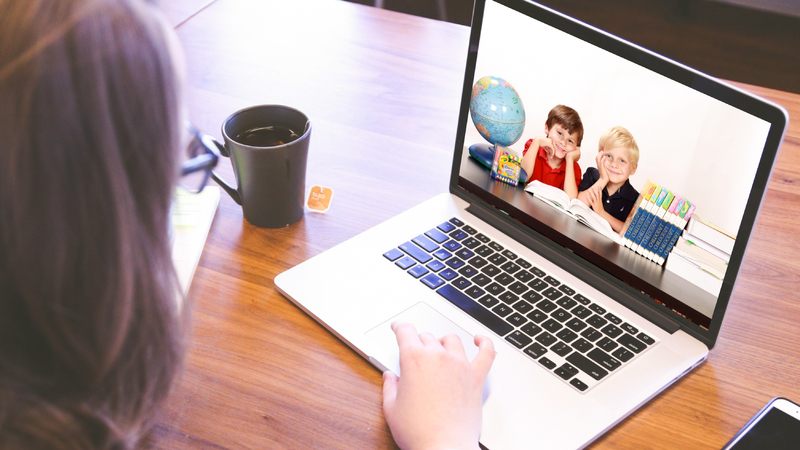In recent epoch, the virus stuck globe has suffered the worst in education. Academia finds its foundation in physical classrooms even in this age of technological marvels. However, the novel coronavirus is pushing think tanks to revision educational technologies. Leading educational institutes rely on the age-old student-teacher interaction that requires a physical interface of a classroom. Online education was never perceived as a viable alternative to the traditional ecology of learning.
Traditional systems are failing to accommodate students in extraordinary circumstances, such as calamities. This pandemic has shed light on the shortcomings of the educational systems. No lucid policies are applied in several departments, from teaching to evaluations.
Incorporation and utilization of tech are mandatory nowadays, as is social distancing. Lockdowns are implied around the globe, and education needs to be continued for a promising future. We will discuss a few alternatives that paramount quality of education in this era.

Blended learning has been around for quite a while now, and different educators perceive it differently. Anything from the use of computers (tablets, PCs, laptops, etc.) in the classroom to online courses is recognized as a blended approach to teaching.
The flipped classroom has gained immense acknowledgment amongst teachers as an innovation in active learning amongst futuristic teachers. It is based on the approach that students learn about a course by themselves via online instruction or video lectures. They then come to the classroom where the teacher can facilitate the discussion around the core concepts of the course.
The flipped classroom is a teaching model that moves most of the teacher-centered instruction out of the classroom to free up time in the classroom for more student-centered learning activities. This model leaves more time for student-teacher interaction than in a traditional approach where teachers spend more time delivering the content.

The concept of flipped classrooms is an intriguing subject for an educator. As lockdown protocols are being eased in several countries and remarkable efforts are on the horizon to control the spread of the virus as well as keep the life going. Eventually, schools and colleges will open conditionally. The flipped classroom approach can prove to be an efficient way to a gradual streamlining of the educational system.
Flipping the classroom seems a promising solution in the initial phase of the school’s reopening. Since social distancing is pivotal amidst this crisis, reduced student-teacher interaction with pre-class instruction can do a great job in providing quality education. An exemplary model might be shaped on two days of a physical classroom with a limited number of students, while students will have a whole week to prepare pre-class instructions with help platforms like Google classroom and Teachable.
An orthodox mind might question the efficacy of the blended approach as it is arguably a less efficient method than the traditional environment of a classroom. A study published in the American Educational Research Association in 2019 by Torstein Lag suggests, “Mean pass rates were 77.63 % under flipped classroom conditions and 75.91 % under traditional classroom conditions.” Hence flipped classes can qualify as a potentially strong candidate to complete the COVID stricken term.
Enhanced student-teacher interaction

Advocacy for flipped classes comes in the form of enhanced active learning. Students can interact with the teacher in a more meaningful way. Bergmann and Sam’s in 2012 pointed out that flipped classrooms enhance students’ teacher interaction as teachers, when not talking at the students, can talk with the students catering to their emotional and learning needs.
Real-time feedback

The inverted classroom provides better opportunities for real-time feedback. Teachers can come up with feedback rather than instructions hence engaging with students at a deeper level. Real-time feedback can help students understand the topics more efficiently.
Self-paced learning
The autonomy of learning at your own time and own pace can help students to be more relaxed, and lesser stress can prove pivotal in better performance and learnings. Teachers can post semester worth of lectures and instructions online, and students can access them at the time of their choosing. There is a growing perception in educators that middle schoolers thrive in self-paced learning environments.
Better homework strategy

The inverted class allows teachers to provide more meaningful homework. Current homework strategies are often burdening on students than a learning opportunity.
These are some of the perks of inverted blended classes. Educationists need a paradigm shift to revolutionize the traditional classroom by aiding teachers to be more fruitful in modern settings than just a tool for delivering instructions. The conventional model has posed a teacher as an imparter of knowledge, whereas the flipped approach will turn a teacher into a coach and a more accessible entity.
A lot of work still needs to be done for the effective implementation of technology-based learning. The current scenario can be an excellent experimental ground to test alternatives for traditional models.
Resources:
https://www.researchprospect.com/writing-services/coursework-writing-service-uk/


